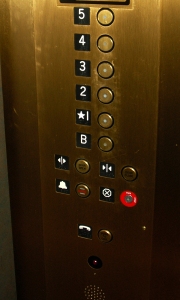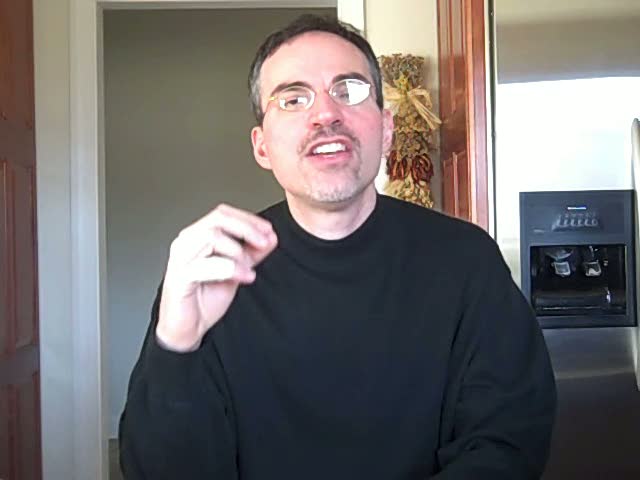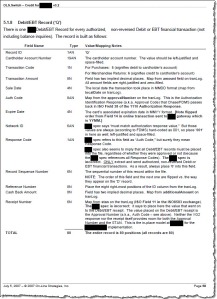Uncovering Your Own Career Biases
 One of the readers of the first edition of my book, “Accidental Genius,” is Allan Bacon. Allan told me the story of how he used exploratory writing to change the course of his life.
One of the readers of the first edition of my book, “Accidental Genius,” is Allan Bacon. Allan told me the story of how he used exploratory writing to change the course of his life.
With a PhD in Physics, Allan was working as an R&D engineer for a defense contractor that built lasers which, in his words, “knocked things out of the sky.”
The contractor encouraged its employees to stay up to date on their learning and seek out advanced degrees. Allan decided to go for an MBA — figuring it would help him become a better manager of people and projects.
As part of his MBA application, Allan had to write a personal essay. He’d never written much about himself, but tried freewriting as a means of thinking about the jobs he most enjoyed. When he looked over what he’d written, he saw a pattern he’d never noticed before.
All his favorite previous jobs – including the work he did as a volunteer and as a representative for his college at career fairs — in one way or another involved selling.
Allan hadn’t thought of himself as someone who liked to sell. He had spent his career to that point in an academic culture that looked down on salespeople. In fact, if you had approached him before he did the writing and suggested Sales as a career for him, he’d have been offended. Why go into sales when you have a PhD in Physics? He always considered the field beneath him; it was something you went into when you didn’t have other skills to fall back on.
The exploratory writing woke him up, and exposed a perceptual block that kept him from doing something he loved. As Allan says: “We tell ourselves emotional stories about who we are. I was telling myself one. Making that perceptual shift from engineer to sales professional is probably the biggest shift I ever had to make.”
Since then, Allan’s career has taken off.
He began working for high-tech start-ups as that rare sales expert with a PhD who knows how to speak to and persuade engineers. He’s also an author, and is working on a book on how to use experiments to create a more fully realized life. The working title is “Start Something You: How to Discover, Develop, and Fund Your Own Version of the Good Life (Without Quitting Your Job).” It’s due out in the next few months.
Allan’s choice has been happy and lucrative, and was triggered by writing. Perhaps you’d like to try a similar writing experiment?
For the next week, take twenty minutes a day to explore your work life through writing. For each session, set a timer, write quickly (as Ray Bradbury says, “In quickness there is truth”), and don’t stop for any reason whatsoever.
Write about every job you’ve had – even those you normally think of as inconsequential. Talk to yourself on paper, or through your computer keyboard, about who you worked with, the tasks you accomplished, the things you enjoyed, and the things you hated. In particular, jot down any stories or images that come to mind.
At the end of a week, read over all your writing. Do you see any patterns? Can you make anything connect? Have you had any insights that might suggest a new way forward?







